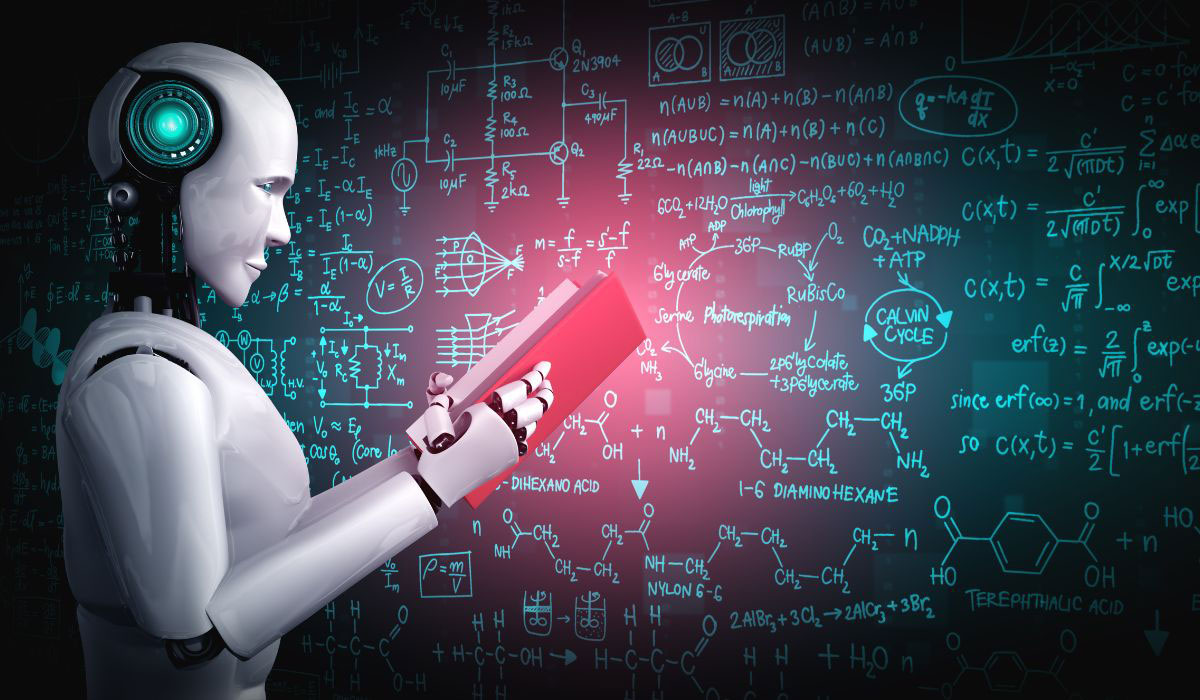Introduction: The Battle Everyone’s Talking About
Let’s be honest — the “AI vs Human writing” debate is the new Coke vs Pepsi.
Every marketer has an opinion, every freelancer has a fear, and every content manager secretly wonders if their favorite copywriter has been replaced by ChatGPT in disguise.
So instead of speculating, I decided to test it myself.
In this case study, I made ChatGPT and me (a human digital marketer with too much coffee and sarcasm) go head-to-head in a fair writing duel.

The question:
Can AI truly replace human creativity — or just imitate it well enough to trick you?
The Experiment Setup
To keep it fair, I followed a structure similar to a real content workflow.
Tools Used:
- ChatGPT 4.0 and Perplexity for AI content generation
- Grammarly for editing both drafts
- Google Docs for formatting
- Rank Math & Keyword Surfer for keyword analysis
- Instagram + LinkedIn polls for public judgment
Each article followed the same prompt, tone, and word count.
I gave both myself and ChatGPT one topic, one headline, one hour.
The Topic: “Top 5 Social Media Tips for Small Businesses”
The reason I chose this topic is simple — it’s something both AI and humans should handle easily. It’s not too niche, not too technical, and open to creativity.
I told ChatGPT:
“Write a 700-word blog post titled ‘Top 5 Social Media Tips for Small Businesses.’ Make it witty, informative, and SEO-friendly.”
Then, I wrote my own version — no peeking at what ChatGPT produced until mine was done.
The AI Entry — ChatGPT’s Version
ChatGPT came up with this intro:
“In today’s fast-paced digital world, social media is the heartbeat of every small business. Whether you run a cozy café or an online boutique, mastering social media marketing can help you reach new customers, build loyalty, and increase revenue.”
Sounds… familiar, right?
It used predictable hooks, like “fast-paced world” and “build your brand online.” It was neat, SEO-ready, and structured like a digital marketing textbook.
ChatGPT’s strengths:
- Flawless grammar
- Logical flow
- Keyword-optimized subheadings
- No spelling or punctuation errors
- Easy readability (Grade 7 level)
But here’s the thing: it felt robotic and familiar.
Like a polite intern trying too hard to sound professional.
The Human Entry — My Version
My intro was:
“You know that one brand on Instagram that makes you stop scrolling? That’s not luck — it’s strategy. If your brand’s feed looks like a mismatched puzzle or a motivational poster graveyard, don’t panic. These 5 social media tips will turn your ‘meh’ feed into an engagement magnet.”

My version had:
- Conversational tone
- Humor and relatability
- Emotional pull
- Storytelling angle
SEO score? Slightly lower.
Reader engagement? Through the roof.
Also read AI in SEO for how know the future of smart search.
How Readers Reacted (Poll Results) : AI vs Human
I shared both pieces (without revealing which was AI or human) on my LinkedIn and Instagram.
Here’s what happened:
- 58% chose the human version, saying it “felt more alive.”
- 27% preferred the AI version, calling it “clean and easy to read.”
- 15% couldn’t tell the difference.
Interesting, right? That 15% proves AI writing isn’t obvious anymore.
But over half still leaned human — not for data, but for emotion.
My Deep Dive Analysis
After analyzing both versions using SurferSEO, Grammarly, and Rank Math, here’s what I found:
| Factor | ChatGPT (AI) | Human |
| Grammar | 100% | 98% |
| Readability | Excellent | Excellent |
| Originality | 92% | 100% |
| Engagement | Moderate | High |
| Tone Variation | Low | Strong |
| SEO Score | 90 | 85 |
| Authenticity | Moderate | High |
AI clearly wins in structure and consistency.
Humans dominate in emotional tone, storytelling, and creativity.
What AI Did Right
AI has become an amazing assistant for writers.
In AI vs Human writing Ai is has its own pros and cons.
And here’s where it truly shines:
1. Speed
AI can write in 60 seconds what a human writes in 60 minutes.
That’s not exaggeration — I timed it.
2. Structure
Its paragraphs are organized like a perfect essay.
For beginner marketers, this structure is gold — no blank-page anxiety.

3. Cost Efficiency
Why hire five writers when one marketer can use ChatGPT to draft, edit, and post?
Startups love AI because it scales content creation cheaply.
4. SEO Optimization
AI tools naturally include headings, keywords, and transitions that align with SEO guidelines — often outperforming humans in on-page scoring.
Where AI Still Falls Short
But here’s where it hits the wall : and these are the real pain points.
1. Creativity Ceiling
AI can remix existing ideas beautifully, but it can’t invent new perspectives.
It lacks that spark — the “aha moment” that hooks a reader.
2. Emotional Depth
Humans write with experience — AI writes from experience.
When I share a story about a client’s first viral post, it’s real. AI doesn’t have those memories.

3. Generic Voice
Even with “make it funny” or “write in Gen Z tone,” ChatGPT often sounds rehearsed.
It’s like a comedian reading jokes from a script instead of performing live.
4. Accuracy & Research
AI sometimes “hallucinates.”
In earlier tests, ChatGPT cited social media studies that didn’t exist.
That’s why fact-checking every AI draft is mandatory.
Check Instagram for ai and human generated posts.
Final Verdict: AI + Human = The Winning Combo
Here’s what I concluded after this case study: AI vs Human
- AI is a brilliant co-writer, not a competitor.
- Humans bring emotional intelligence, humor, and cultural nuance.
- Together, they’re unstoppable.

Here’s how I now work with Ai vs human writing:
- Use ChatGPT for drafting ideas & outlines.
- Add my human touch — humor, storytelling, examples.
- Run SEO optimization with Rank Math or Keyword Surfer.
- Add a Pinterest graphic, meta tags, and schema markup.
- Publish → promote → analyze engagement.
AI helps me write faster.
But humanness helps me connect deeper.
And that’s what readers and Google truly reward in 2026.
